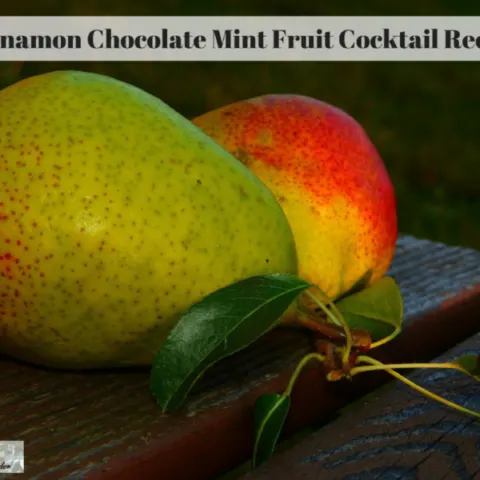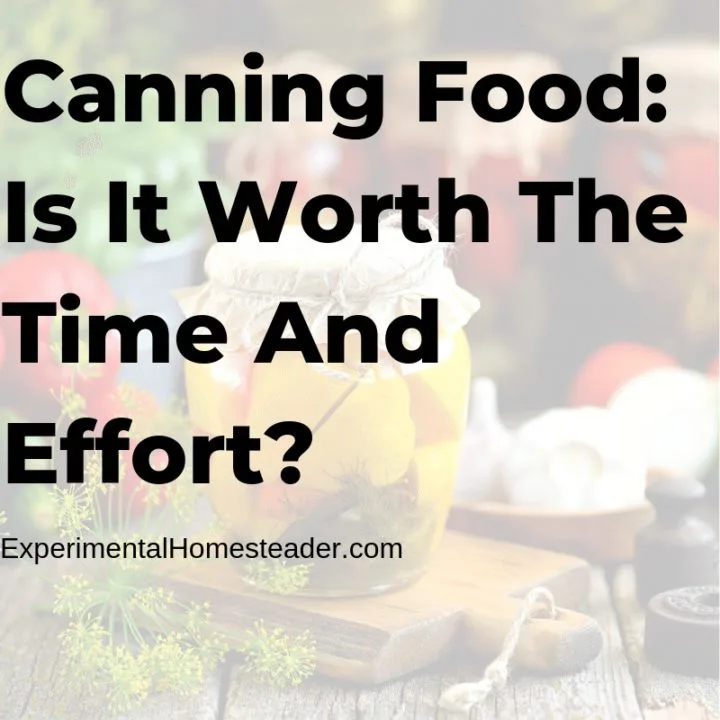It is possible to make fruit juice concentrate at home.
This is ideal for people who have a bumper crop of fresh fruit and are looking for a new way to use it or for those who drink a lot of fruit juice throughout the year.
What Is Fruit Juice Concentrate?
Simply put, a fruit juice concentrate is simply frozen juice from fresh fruit that has had all the water removed from it.
When you use it, you dilute it with water just as you would a can of frozen orange juice from the grocery store.
Fruit juice is a beverage that contains mainly water and natural sugars.
The Benefits Of Fruit Juice Concetrates
There are many benefits to drinking fruit juice, but the most significant benefits can be linked to it being a nutrient-rich beverage.
Fruit juices contain nutrients such as vitamin A, vitamin C, potassium and folate.
Concentrated fruit juices are another option for people who do not like the taste of overly sweetened beverages but also want the health benefits that come with drinking fruit juice.
Depending on how the fruit juice is pressed out of the fruit, it can retain the natural goodness of the food, such as vitamins, minerals, antioxidants, enzymes, and phytonutrients.
Squeezing the juice by hand or using a method that does not heat up the juice is always best, however sometimes that is just not an option especially if you are juicing a large amount of fruit.
Print
Fruit Juice Concentrate
Learn how to make your own fruit juice concentrate at home using fresh fruits from your garden or the farmers market.
Ingredients
- fresh fruit such as oranges, limes, lemons, grapes or apples
Instructions
- First you must remove the juice from the pulp. This is done either by squeezing the juice out by hand, using a juicer or a steamer.
- Once you have separated the juice from the pulp, put the juice into a freezer-proof bottle with a narrow neck.
- Leave enough empty space in the top of the bottle for the liquid to expand as the juice turns to ice.
- Once the bottle is filled, sit the bottle in a freezer bag just in case it bursts or the liquid overflows as it freezes and then place it in the freezer.
- Once the liquid is completely frozen, turn the bottle upside down and place the neck of the jar with the frozen liquid inside a larger jar and let the liquid thaw.
- You will notice that the frozen sugary, colored sugars will drip out first.
- When all you see is a white mass of ice, remove the bottle.
- The remaining ice can be set in a refrigerator while it finishes thawing and once it is in a liquid form again, drank.
- Repeat the freeze, thaw, freeze process three times.
- The liquid that is left after the third time should resemble store bought juice concentrates.
- Bring this liquid to a boil and ladle into pint size canning jars.
- Another way to do this if you prefer not to freeze your juice is bring the liquid to a boil, then simmer it until it is reduced by two-thirds, then ladle it into canning jars.
- Wipe jar rims, put lids and bands on making sure they are fingertip tight.
- Process for twenty minutes in a cold pack canner, remove and tighten lids.
- Allow to cool, then check the lids to make sure they sealed.
Canning Food At Home
Packing And Sterilizing Canning Jars
The most important part of canning is packing and sterilizing the canning jars properly. Learn how to do this important step the right way.
The Ultimate List Of Home Canning Recipes
This ultimate list of home canning recipes are all tested and proven to work. Learn how to preserve the fruits and vegetables you grow in your garden!
Canning Broccoli Is No Longer Safe But You Can Still Preserve It
Although canning broccoli was once considered safe, times have changed thus freezing, dehydrating or freee drying broccoli is recommended.
Homemade Beef Stew Recipe For Canning
When it comes to having quick home cooked meals that just need reheated, this beef stew recipe for canning can't be beat!
Red Hot Apple Wedges Canning Recipe
Preserving your own food means trying new recipes, such as this red hot apple wedges canning recipe. While it is true, it is a good idea to stick to recipes you know you and your family will eat, it never hurts to branch out a bit.
Cinnamon Chocolate Mint Fruit Cocktail Recipe
This Cinnamon Chocolate Mint Fruit Cocktail recipe is ideal to use up some of your extra summer fruit or to combine some of the fruit you have already preserved to come up with something a little different.
How To Make Homemade Maraschino Cherries
Learn how easy it is to make and can your own homemade maraschino cherries. Not only do these taste great, but they are easy to preserve too!
Five Spice Cherry Canning Recipe
This five spice cherry canning recipe is a unique take on typical recipes for canning cherries. I love the way the spices complimented the tart cherries!
How To Easily Start Canning Blueberries
Learn how to easily start canning blueberries in your own kitchen. Home canning is a great way to preserve fresh foods that you or someone you know grew.
Apple Canning Recipes
There are many recipes for canning apples and I think I have tried them all. However the best way is to can them in plain syrup.
How To Make Raspberry Vinegar
A great way to preserve raspberries is to make raspberry vinegar. Its delicious on pork chops! Best of all you can preserve it for winter use by canning it.
Orange-Cranberry Vinegar And Marinade Recipe
This orange-cranberry vinegar and marinade recipe is easy to make, easy to can and tastes great!
How To Make Homemade Ketchup
Learn how to make homemade ketchup right in your own kitchen using tomatoes you grew in your garden. This recipe works with fresh or frozen tomatoes!
Homemade BBQ Sauce Recipe
This homemade bbq sauce recipe uses fresh tomatoes and is perfect for canning. Use it as it is or as a base sauce to create different types of BBQ sauces.
How To Make Cajeta Goat Milk Caramel
Learn how easy it is to make cajeta goat milk caramel from fresh goat milk. Plus learn how to preserve it for winter use by canning it.
How To Make Homemade Honey
Learn how to make homemade honey right in your own kitchen using a mixture of water, sugar, red clover, white clover and fireweed!
How To Make Rose Petal Jelly
Learn how to make rose petal jelly using fresh rose petals from your favorite organically grown roses. Try different roses for unique flavored jelly.
Delicious Raspberry-Chocolate Sundae Topper Recipe
This delicious, easy-to-make raspberry-chocolate sundae topper is an ideal canning recipe making it easy to serve to guests or give as gifts!
Try These Off Season Food Preservation Ideas
These off season food preservation ideas are perfect for the off season. There are lots of items you can fill your freezer with or even can year-round.
Importance Of Food Preservation Inventory
Do you understand the importance of food preservation inventory? From spices to food stored in the freezer and pantry, this list can help you save money.
Four Factors That Affect Food Storage
Understanding the four factors that affect food storage is essential for keeping your food safe, especially if you intend to store it long term.
Canning Food: Is It Worth The Time And Effort?
Learn if canning food at home is really worth the time and effort involved as well as about some of the supplies you need to get started.
Home Canning Supplies
There are a number of home canning supplies you need to get started canning food at home, the Bellemain Kit contains 6 of them.
Canning At Home
When canning at home making sure everything is clean and in good condition is essential for food safety and your families health.
Preserving Citrus Fruits
Preserving citrus fruits is something you want to know how to do if you grow your own, buy in bulk or have citrus fruits given to you.
Preparing Fresh Green Beans
Get out of the grocery store and into home-canning fresh green beans. Experience the symbiotic relationship of land and food security.
































